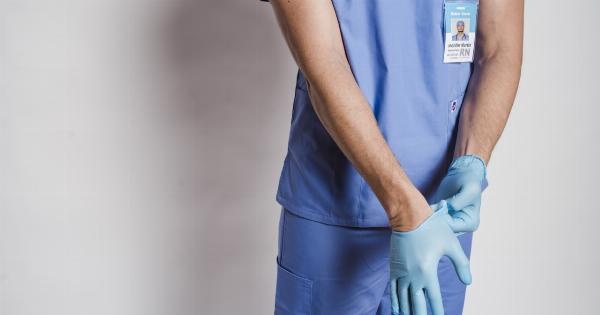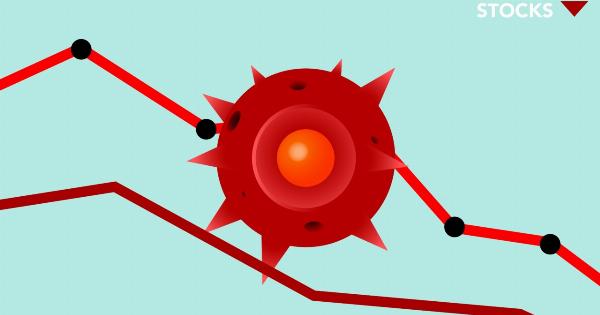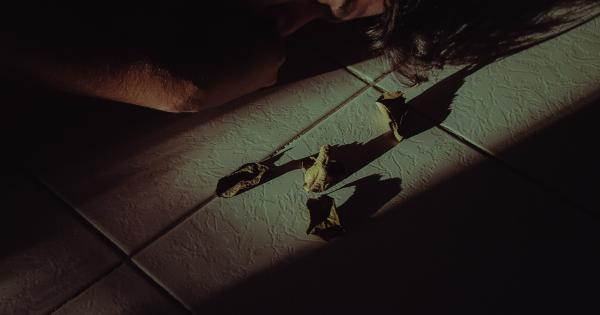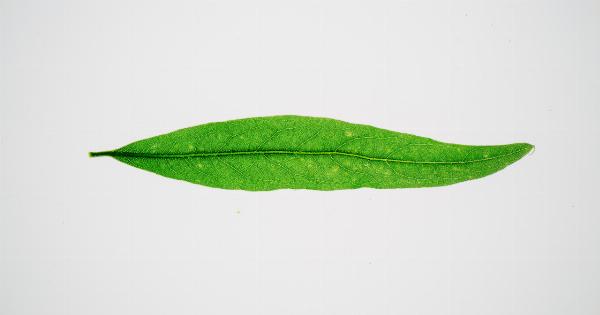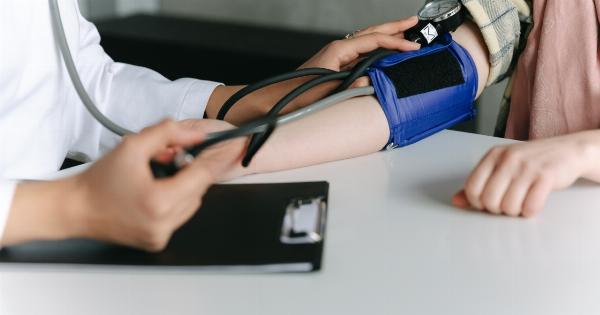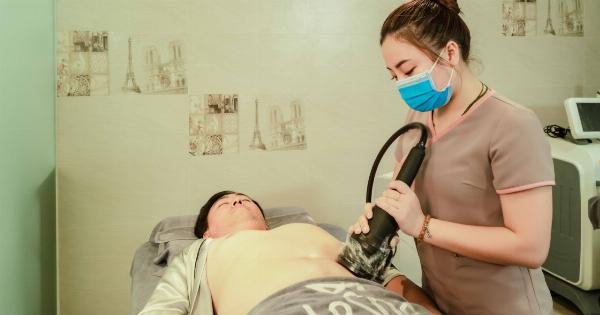The evolution of technology has brought significant advancements in the healthcare industry. The use of smartphones has made it easier for people to monitor their health conditions and detect early warning signs of various diseases.
Glaucoma is one of the chronic eye conditions that can be detected early through your smartphone.
Glaucoma is a group of eye conditions that result in damage to the optic nerve, which is crucial for the transmission of visual signals from the eyes to the brain.
The damage to the optic nerve is typically caused by an increase in pressure within the eye, known as intraocular pressure. Glaucoma is often referred to as the ‘silent thief of sight’ because the damage it causes to the optic nerve is irreversible and can go unnoticed until it is too late.
It’s estimated that there are over 3 million people in the United States who have glaucoma, but only half of them are aware of their condition. Without proper diagnosis and treatment, glaucoma can lead to irreversible vision loss and blindness.
Fortunately, with the use of smartphones, you can monitor your eye health and detect early warning signs of glaucoma.
What is Pocket Diagnosis?
Pocket Diagnosis is a term coined for the use of smartphones in diagnosing and monitoring health conditions. The idea is to enable people to use their smartphones to detect early warning signs of various diseases and take necessary actions.
Pocket diagnosis is particularly useful for chronic conditions like glaucoma, where early detection is critical to preventing vision loss.
Smartphone apps can help you check your intraocular pressure (IOP), which is one of the primary indicators of glaucoma. The apps use the phone’s accelerometer to measure the frequency of vibrations caused by tapping the phone against the eye.
The app then calculates an average of the readings and gives an estimate of the IOP.
How Do Pocket Diagnosis Apps Work?
The apps typically work in conjunction with a special device that attaches to the smartphone to help measure the IOP. The device is a small device that resembles a pen and has a rubber tip that can be pressed gently against the eye to measure the IOP.
The device works by recording the changes in pressure that occur when the eye is tapped with the rubber tip.
Once the readings are taken, the app calculates the average IOP and gives a reading. The app can also track changes in the IOP over time, allowing you to monitor your eye health and detect any changes in pressure that could indicate glaucoma.
What Are the Benefits of Pocket Diagnosis?
Pocket diagnosis offers several benefits, including:.
- Early detection of glaucoma: With the use of smartphones, you can detect early warning signs of glaucoma before the condition advances and causes irreversible vision loss.
- Convenience: Pocket diagnosis is convenient because you can take the readings using your smartphone from any location.
- Cost-effective: Pocket diagnosis is cost-effective compared to traditional methods of measuring IOP, which require expensive equipment and regular visits to the eye doctor.
- Tracking progress: With pocket diagnosis, you can track changes in your IOP over time and monitor whether the condition is getting worse or improving.
What Are the Limitations of Pocket Diagnosis?
While pocket diagnosis has several benefits, it also has some limitations. These include:.
- Accuracy: The accuracy of pocket diagnosis apps depends on several factors, including the quality of the device used, the expertise of the user, and external factors like lighting and noise.
- Not a substitute for professional diagnosis: Pocket diagnosis is not a substitute for traditional methods of diagnosing glaucoma, like an eye exam by an eye doctor.
- User error: The accuracy of pocket diagnosis also depends on the user’s ability to follow the instructions on how to use the device accurately.
Conclusion
Glaucoma is a chronic eye condition that can lead to irreversible vision loss if not diagnosed and treated early. With the use of smartphones and pocket diagnosis apps, you can monitor your eye health and detect early warning signs of glaucoma.
However, pocket diagnosis is not a substitute for traditional methods of diagnosing glaucoma, like an eye exam by an eye doctor. It’s essential to consult with an eye doctor if you suspect you have glaucoma or any other eye condition.



